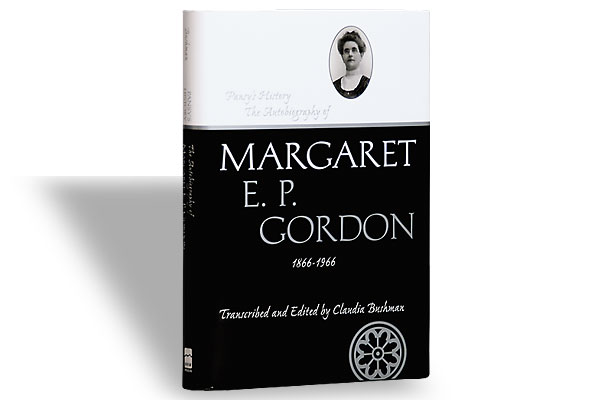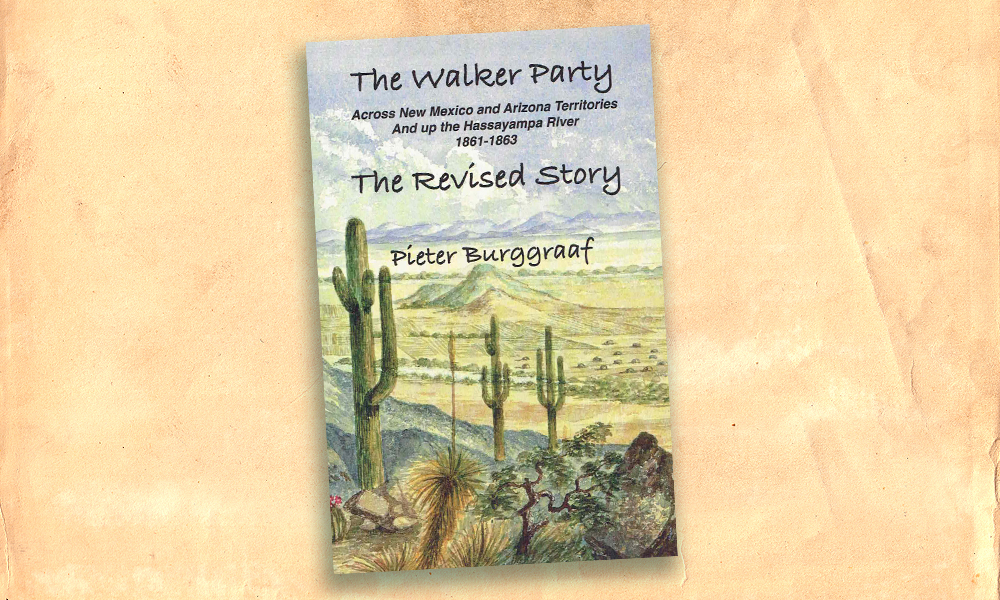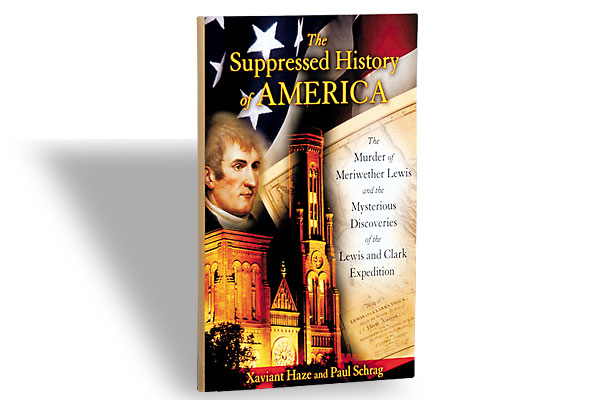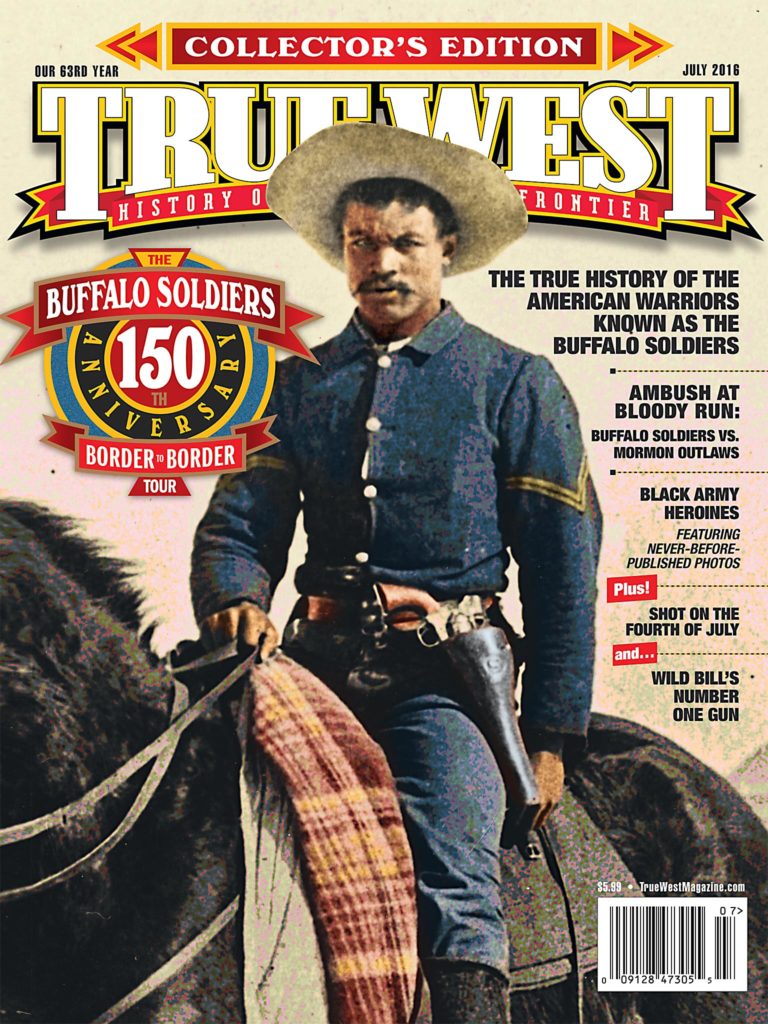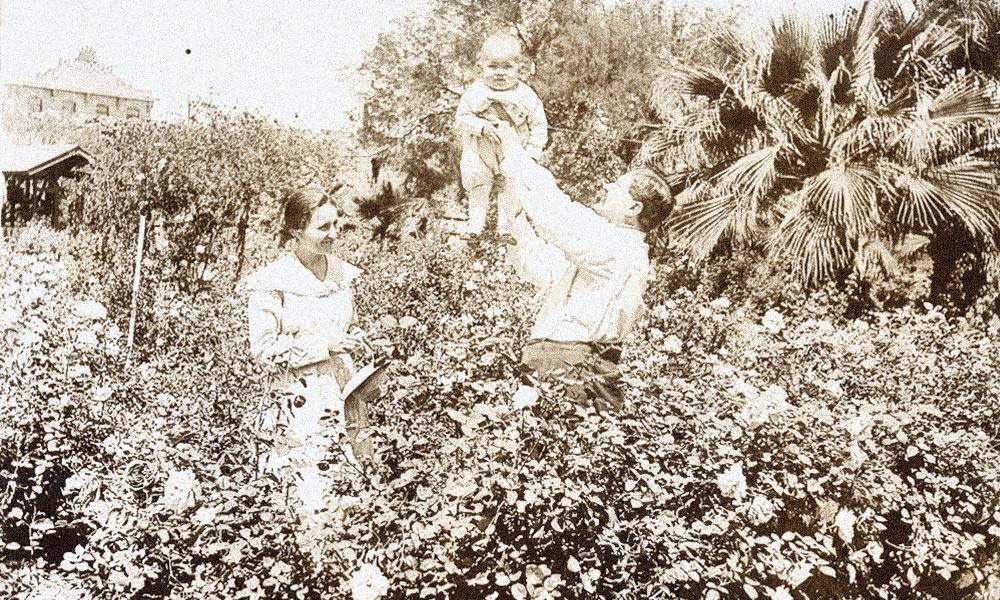
– Courtesy Sanguinetti House Museum and Gardens –
Yuma, Arizona’s “attic” was all over town—60 years of historical records, photographs and family histories dating as far back as pre-1853 Gadsden Purchase and gathered by the Yuma County Historical Society. Some of it was in boxes; some in green garbage sacks; some stored wherever extra space could be found.
“Those records were inaccessible—they didn’t know what they had and what they did know couldn’t be accessed,” librarian Laurie Boone says.
Then, in 2012, the Arizona Historical Society came to town, gathered up everything and transported it across the state to the society’s headquarters in Tempe.
“We took 800 linear feet of documents out of Yuma,” says Linda Whitaker of the Arizona Historical Society. That’s the equivalent of two-and-a-quarter football fields.
“They were in miserable condition,” she adds. Nothing was properly preserved, most items were dusty, some included rat droppings, much was bug eaten.
After three years of constant work by the historical society, the documents are back home, cleaned up and cataloged into preservation boxes. Anyone interested in any of the 70 categories can retrieve what they seek. “Discoverability,” archivists call it.
“Home” now means a beautiful reading room with archival shelving in the basement of Heritage Library—Yuma’s original Carnegie Library built in 1921. The Rio Colorado Division Archives, overseen by Boone, is open 20 hours per week.
The 800 linear feet was not all that returned home. The historical society plucked Yuma-rich items from its other archives in Tempe and Tucson, bringing back 1,200 linear feet, the equivalent of three-and-a-third football fields. Most notable are the 69 boxes documenting Yuma County lawmaker Harold Giss, who was intimately involved in state and national politics from 1948 up until his death in 1973.
The almost $80,000 project was funded by grants from the Yuma County Historical Society, the Yuma County Library Foundation, local family trusts and library grants.
Librarians have already discovered international interest in the irrigation collection—a bedrock of Yuma, where agriculture is a multi-billion-dollar yearly industry.
Want to study the Oatman Massacre of 1851? This collection has the story. Documents also reveal the county’s experience during the Crash of 1929. The darker side of regional history rests in the Ku Klux Klan file. A great story could be uncovered in files about a go-getter who had his finger in every Yuma pie from the 1880s until his death in 1945—pioneer Eugene Francis Sanguinetti, posthumously named Yuma’s “Citizen of the Century” in 2000.
Boone is anxious to share the incredible collection. She applauds the dedication of Whitaker and her crew and the foresight of Yuma County Library District Director Susan Evans to create the unique partnership that not only cleaned up Yuma’s “attic,” but also built a new home for it where everyone can learn about the area’s history.
Arizona’s Journalist of the Year, Jana Bommersbach has won an Emmy and two Lifetime Achievement Awards. She also cowrote and appeared on the Emmy-winning Outrageous Arizona and has written two true crime books, a children’s book and the historical novel Cattle Kate.


